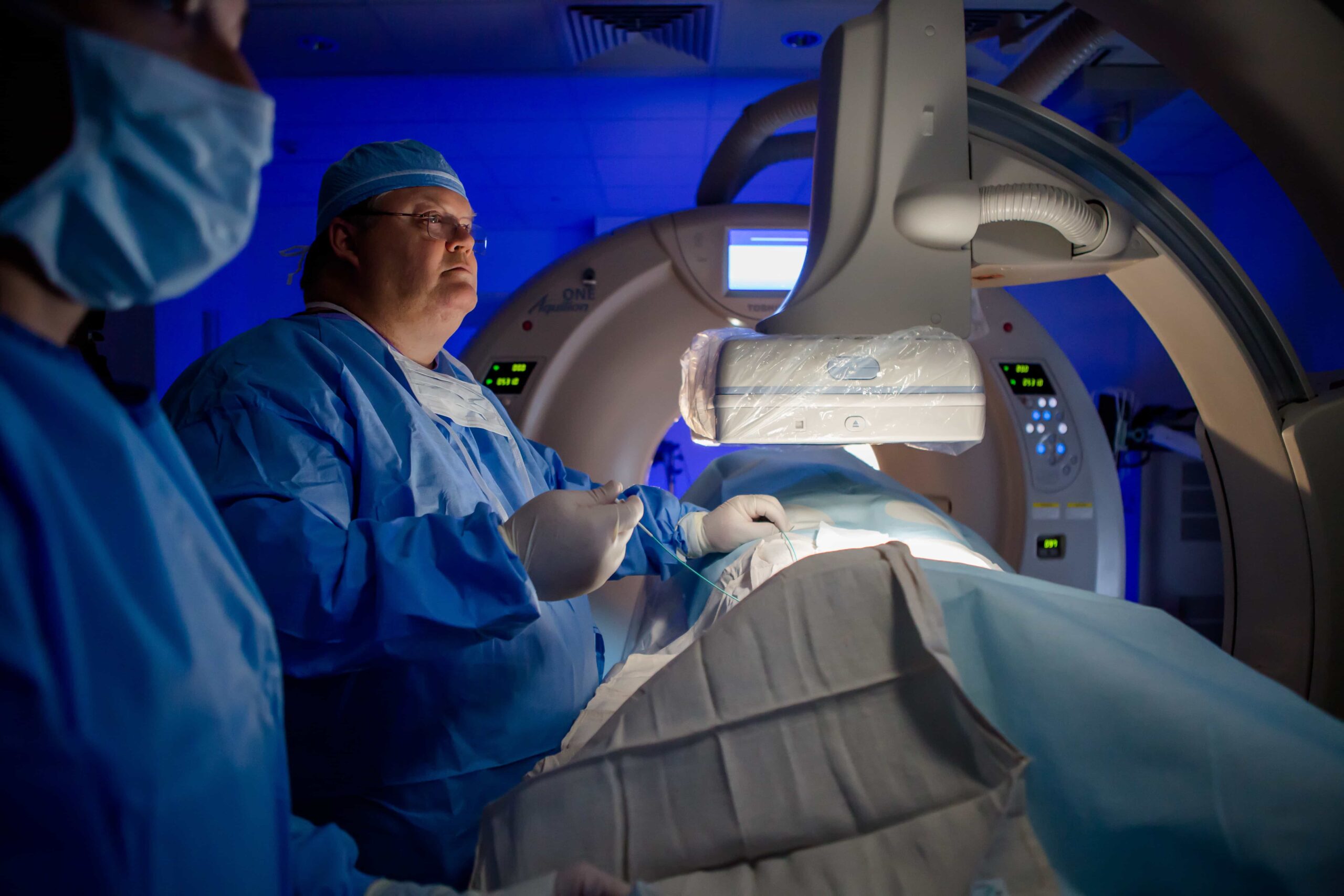Radiology and medical imaging constitute critical domains in the healthcare landscape, facilitating the diagnosis, treatment, and monitoring of various medical conditions. The integration of physics into these fields elucidates the underlying principles that govern imaging technologies, propelling forward advancements in patient care and diagnostics. This exploration seeks to unravel the complexities of radiology and medical imaging physics, making them accessible while underscoring their significance.
At the heart of medical imaging lies a fascination with the unseen. Health professionals and physicists alike are captivated by the ability to visualize the internal workings of the human body without invasive procedures. This non-invasive perspective has revolutionized medical diagnostics, allowing for early disease detection and improving patient outcomes. However, a deeper examination reveals the intricate interplay of physics concepts contributing to this endeavor.
The primary modalities of medical imaging include X-ray radiography, computed tomography (CT), magnetic resonance imaging (MRI), ultrasound, and nuclear medicine. Each of these techniques employs distinct physical principles, necessitating a comprehension of the underlying physics to appreciate their respective functionalities.
X-ray Radiography
X-ray radiography is one of the most commonly used imaging techniques, characterized by its rapid execution and straightforward interpretation. The process revolves around the emission of ionizing radiation, which penetrates the body and creates contrast images based on tissue density. Denser tissues, such as bones, absorb more X-rays, resulting in a lighter appearance on the radiograph, while softer tissues appear darker.
Understanding the physics of X-ray production and interaction is essential for optimizing image quality and minimizing patient dose. The concepts of photon energy, absorption coefficients, and scattering must be mastered to ensure effective imaging while safeguarding patient safety. Moreover, the innovations in digital radiography have introduced advanced image processing techniques that enhance diagnostic capabilities, elevating the immediate visual assessments to a deeper analytical level.
Computed Tomography (CT)
CT imaging enhances the X-ray technique by employing a rotational series of X-ray images taken from multiple angles, which are then reconstructed into cross-sectional images through complex algorithms. The physics governing CT involves intricate principles such as the Fourier transform and attenuation coefficients. The interplay of these concepts allows radiologists to discern minute anatomical details, fostering precise diagnostics that are critical in planning therapeutic interventions.
Moreover, advancements in CT technology, such as multi-slice scanners, enable rapid acquisition of high-resolution images, which represent a significant leap forward in diagnostic imaging. Nonetheless, the increased radiation dose associated with high-resolution scans necessitates a meticulous consideration of the risk-benefit ratio, prompting a reevaluation of imaging protocols to prioritize patient safety.
Magnetic Resonance Imaging (MRI)
Unlike X-ray and CT modalities, MRI employs magnetic fields and radio waves to generate images of the body. The underlying physics, rooted in the principles of nuclear magnetic resonance (NMR), allows for exquisite soft tissue contrast, significantly aiding in the detection of tumors, brain anomalies, and musculoskeletal disorders. The collaborative efforts of physicists and clinicians have been pivotal in optimizing sequence parameters, enhancing spatial and temporal resolutions in MRI imaging.
Furthermore, the properties of different tissues, governed by their atomic composition, demonstrate varying responses to magnetic fields. Knowledge of relaxation times, specifically T1 and T2, and the factors influencing these times is crucial in optimizing imaging protocols. Since MRI does not utilize ionizing radiation, its safety profile is commendable, reinforcing its utility as a primary diagnostic tool.
Ultrasound Imaging
Ultrasound imaging exploits high-frequency sound waves to create dynamic images of soft tissues, rendering it a cornerstone in obstetrics and gynecology, as well as in cardiac assessments. The fundamental physics of ultrasound involves wave propagation, reflection, and refraction, coupled with Doppler effects that facilitate the evaluation of blood flow. Understanding acoustic impedance and the interaction of sound waves with various tissues is vital in optimizing image quality and diagnostic efficacy.
The portability and cost-effectiveness of ultrasound equipment augment its clinical applicability. As technology advances, the incorporation of 3D and 4D imaging in ultrasound heralds a new era, enabling clinicians to visualize complex anatomical relationships and fetal movements in real time.
Nuclear Medicine
Nuclear medicine operates on the principles of radioactive decay and radiopharmaceuticals to assess functional processes within the body. Techniques such as positron emission tomography (PET) and single-photon emission computed tomography (SPECT) exploit gamma radiation emitted from these materials, providing invaluable insights into metabolic activity and disease progression. The underlying physics encompasses concepts such as half-life, decay chains, and radiation safety measures, all playing crucial roles in clinical applications.
The intersection of imaging with molecular biology has spurred the development of targeted radiotracers, enhancing diagnostic accuracy and therapeutic monitoring. Remarkably, the ability to visualize biochemical processes in real-time propels the field of personalized medicine, fostering tailored treatment strategies for individual patients.
In conclusion, the realm of radiology and medical imaging physics unfolds a narrative of discovery and perpetual advancement. Each imaging modality, underpinned by specific physical principles, not only democratizes access to critical health information but also embodies a celebration of human ingenuity. As the science matures, the intricate relationship between physics and biology continues to deepen, promising an era where medical imaging transcends traditional boundaries, embarking on new frontiers of understanding and treatment.












